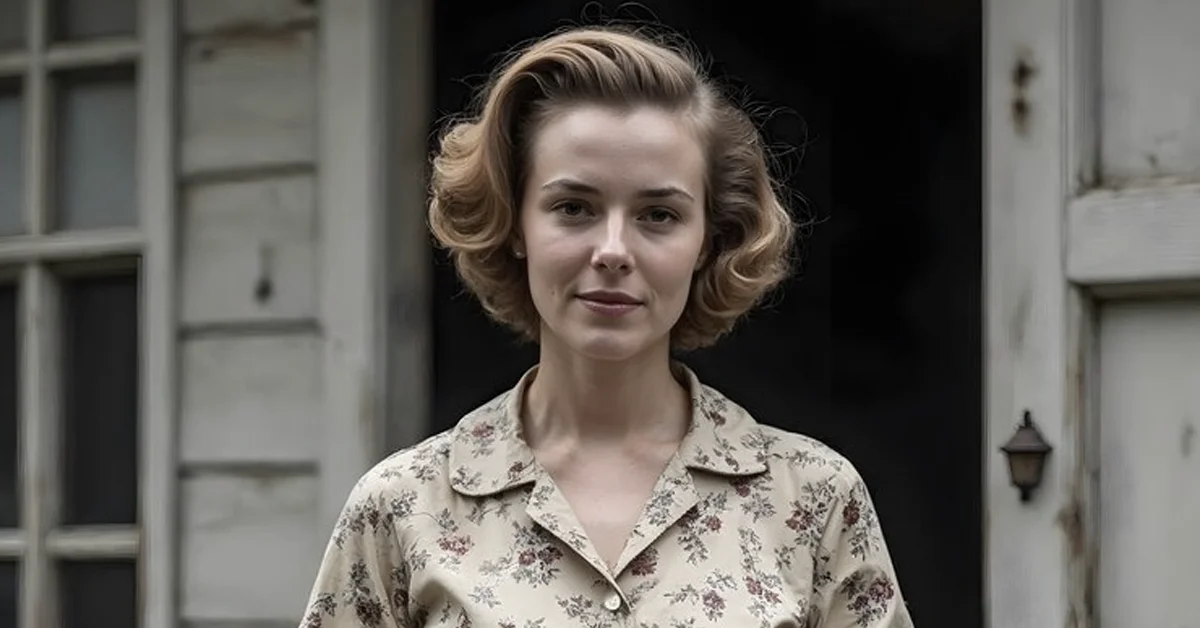Dulcinea, a name that conjures up visions of beauty, elegance, and unattainable love, is a timeless symbol of romance that resonates deeply within the hearts of many. The name Dulcinea holds a special place in literature, most famously as the beloved of Don Quixote in the works of Miguel de Cervantes. But Dulcinea is more than just a literary figure; she is an enduring symbol of idealized love, purity, and the pursuit of beauty. In this article, we’ll explore the history, significance, and modern cultural relevance of Dulcinea, as well as her lasting impact on romantic literature.
TRENDING
Unlocking The Power Of Twin K: A Unique SEO Strategy
What Does Dulcinea Represent?
The Birth of Dulcinea: Origins in Don Quixote
Dulcinea is a central figure in the classic Spanish novel Don Quixote by Miguel de Cervantes. In the story, the protagonist, Don Quixote, is a nobleman who, having read too many tales of chivalry, believes that he is a knight-errant. To fulfill his knightly duties, he imagines an idealized woman whom he names Dulcinea del Toboso, though she is, in fact, a humble peasant woman named Aldonza Lorenzo.
Don Quixote views Dulcinea not as she is but as a symbol of perfect beauty and virtue. To him, she represents the pinnacle of everything pure and noble, an idealized love that is unattainable in the real world. This contrast between the reality of Aldonza and the illusion of Dulcinea highlights the theme of disillusionment and the complexities of idealized love in Don Quixote.
Dulcinea as a Symbol of Idealized Love
Dulcinea represents the dream of an unattainable ideal—a romanticized figure who exists only in the mind of the lover. In literature and culture, this notion of idealized love transcends the bounds of reality and becomes something aspirational, something that cannot be fully realized. She embodies the concept of courtly love, a tradition in medieval literature in which the lover devotes himself to a lady who is often out of reach or unattainable.
Through Don Quixote’s devotion to Dulcinea, Cervantes critiques the unrealistic expectations of love that exist in the romantic ideals of his time. Don Quixote’s romantic devotion to Dulcinea represents the gap between fantasy and reality, making her a symbol of how love can sometimes become an obsession with perfection rather than a grounded, mutual understanding between partners.
The Impact Of Dulcinea In Literature And Culture
Dulcinea’s Influence on Romantic Literature
As the epitome of unattainable love, Dulcinea’s influence extends beyond Don Quixote and into the broader scope of romantic literature. She has become a archetype for the idealized woman, a muse for countless poets, artists, and writers. The idea of a love that transcends the mundane and strives toward perfection is a theme that continues to surface in literary works across generations.
Authors such as Lord Byron, John Keats, and William Shakespeare have written of unattainable or idealized loves that reflect the spirit of Dulcinea. Whether in the form of Juliet in Romeo and Juliet or the fair Rosaline in Romeo and Juliet‘s early acts, Dulcinea’s legacy lives on in many forms. Her symbolism has become synonymous with the pursuit of pure love and unattainable beauty, themes that remain relevant in the world of romantic storytelling.
Dulcinea in Modern Culture
Though Dulcinea originated in 17th-century literature, her influence persists in modern-day culture. The figure of the idealized woman continues to resonate in contemporary art, literature, and even film. In pop culture, characters who represent unattainable perfection, such as the love interests in modern-day romantic comedies, often draw upon the traditions established by Cervantes through Dulcinea.
In addition to her literary impact, Dulcinea’s name is used in various artistic expressions, from music to fashion. Many contemporary songs, poems, and works of visual art reference Dulcinea’s symbolic role as a representation of beauty, purity, and love. Her presence is a testament to the enduring power of literary symbols in shaping cultural narratives.
Dulcinea’s Representation Of Beauty
The Ideal of Physical Beauty
In Don Quixote, Dulcinea is often described as the epitome of physical beauty, even though the reader knows that Don Quixote’s view of her is distorted by his imagination. This idea of physical beauty, while subjective, remains central to the concept of Dulcinea. Her beauty is not just superficial but a reflection of the love and admiration that Don Quixote bestows upon her, elevating her to a level of perfection that no real woman could ever embody.
Throughout history, the concept of beauty has been shaped by cultural ideals, and Dulcinea’s influence on beauty standards can still be seen in the way society continues to strive toward an idealized version of physical attractiveness. Dulcinea’s representation as an unattainable beauty is not just a reflection of her physical appearance, but also the perfection and purity that she symbolizes in Don Quixote’s mind.
The Emotional Beauty of Dulcinea
Dulcinea’s beauty transcends the physical realm. Her emotional and moral beauty, as represented in the mind of Don Quixote, plays a crucial role in her symbolism. The idea that she embodies purity, virtue, and grace elevates her to a spiritual level that is beyond mere physical attractiveness. In this way, Dulcinea reflects the inner beauty that is often celebrated in romantic literature—beauty that comes from the heart, the soul, and the intentions behind one’s actions.
The emotional beauty of Dulcinea has inspired many readers and artists to explore the deeper meanings of love and beauty. Her significance is not solely tied to her physical appearance but also to her capacity to inspire great devotion and admiration, even when she exists only in the imagination.
The Modern Legacy Of Dulcinea
The Pursuit of the Ideal in the Modern World
In today’s world, the pursuit of an ideal, whether it be an ideal love or an ideal partner, remains an enduring theme. Much like Don Quixote’s quest to serve and honor Dulcinea, modern individuals often seek to find a love that embodies the ideals they hold dear. The idea of pursuing a perfect relationship, free from flaws and full of passion, is a sentiment that resonates with many in the modern era.
However, just as Cervantes critiques the notion of unattainable love in Don Quixote, there is a contemporary understanding that real relationships require more than the pursuit of perfection. While the story of Dulcinea may be an idealized romantic narrative, it encourages people to recognize the beauty in imperfection, understanding that love, in its most genuine form, thrives in the midst of reality, not fantasy.
Dulcinea in Contemporary Media
Today, Dulcinea continues to influence modern media, particularly in the context of romantic tropes and ideals. In films, literature, and music, we continue to see characters and stories that depict the search for unattainable love, reminiscent of the quest that Don Quixote embarks on in Don Quixote. While these modern versions may not always feature a literal Dulcinea, they often echo the same themes of idealism, romantic devotion, and the pursuit of beauty.
ALSO READ: Aradee: Discover Unique Insights And Trends
FAQs
What is Dulcinea?
Dulcinea is the idealized love interest of Don Quixote in Miguel de Cervantes’ novel Don Quixote. Though she is based on a real woman named Aldonza Lorenzo, Don Quixote imagines her as a noble and beautiful lady, representing an unattainable ideal of love, beauty, and virtue.
Why is Dulcinea important in literature?
Dulcinea is a central figure in Don Quixote, symbolizing the idea of idealized love and the chivalric tradition. Her character explores the contrast between fantasy and reality, offering a critique of unattainable ideals in romantic relationships.
What does Dulcinea symbolize?
Dulcinea symbolizes unattainable beauty, perfection, and idealized love. Through Don Quixote’s devotion to her, she becomes a representation of the pursuit of perfection in love, even though the real world cannot live up to these expectations.
How has Dulcinea influenced modern culture?
Dulcinea’s influence extends to modern culture, where she continues to serve as a symbol of idealized love in literature, music, and film. Her representation of unattainable beauty and purity continues to resonate with audiences and creators alike.
Can Dulcinea be considered a feminist symbol?
Dulcinea can be viewed through a feminist lens as a symbol of how women have been idealized and romanticized throughout history. While she is a product of Don Quixote’s imagination, her legacy calls into question the roles women are given in literature and challenges the notion of perfect, unattainable beauty.











